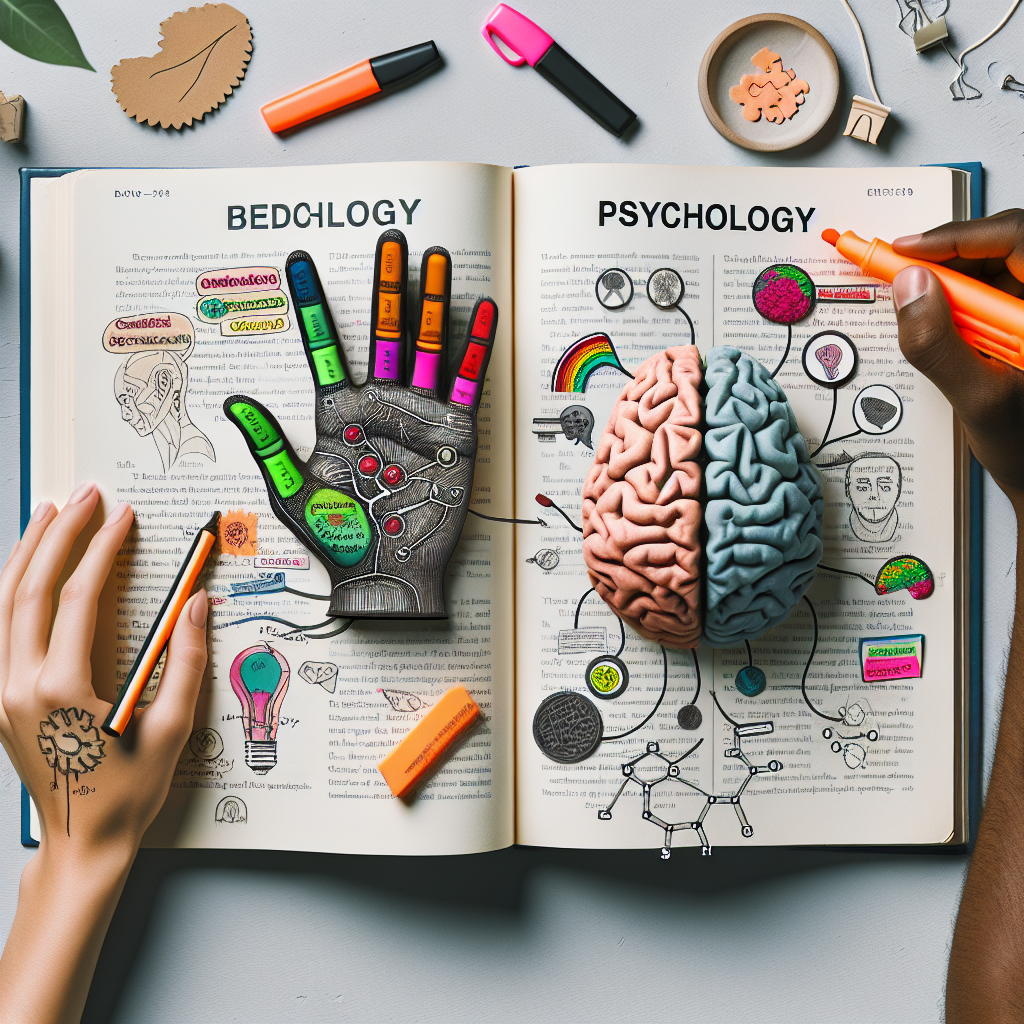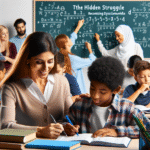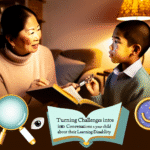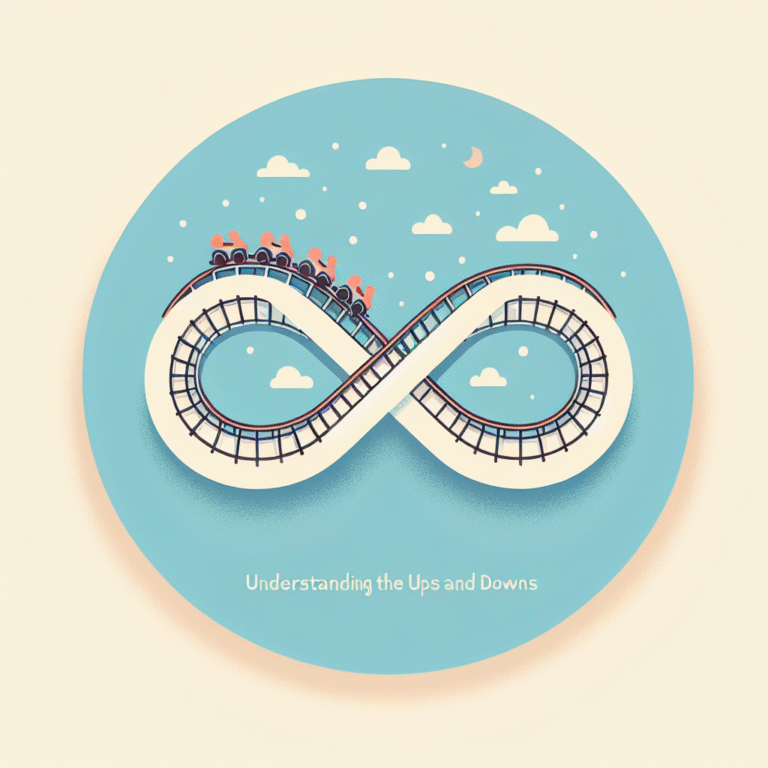
Beyond the Textbook: Ultimate Creative Study Strategies for Psychology Courses
Introduction
In the ever-evolving landscape of education, merely memorizing textbook content is no longer sufficient, particularly in the dynamic field of psychology. Theories, concepts, and research findings become more meaningful when students engage with them creatively. Beyond the Textbook: Creative Study Strategies for Psychology Courses invites students to explore effective, innovative approaches that enhance learning and retention. This article delves into techniques that elevate the study experience, encouraging psychology students to think critically, connect ideas, and apply knowledge beyond traditional methods.
The Importance of Creative Study Strategies
Psychology is not just about theories and definitions; it’s a rich tapestry woven with human experiences, behaviors, and mental processes. Engaging with this discipline creatively allows students to deepen their understanding, making learning more enjoyable and impactful. By employing imaginative study strategies, students can foster intrinsic motivation, develop critical thinking skills, and enhance their ability to apply knowledge in real-world situations.
Interactive Learning: Making Connections
Case Study: Study Groups in Action
One powerhouse strategy is forming study groups. A group of university students studying developmental psychology decided to create a collaborative learning environment. They met bi-weekly to discuss key concepts and share personal insights, which not only reinforced their understanding of child development theories but also built camaraderie and motivation.
Analysis: This case demonstrates the power of collaborative learning, allowing students to contextualize theories by sharing personal experiences and observations.
Benefits of Peer Discussion
- Diverse Perspectives: Observing classmates’ viewpoints can clarify complex theories.
- Active Engagement: The social aspect keeps students interested and accountable.
- Shared Resources: Group members can pool resources and study materials.
Use of Technology: Multimedia Learning
In today’s digital age, technology offers students a plethora of opportunities to grasp psychology topics creatively.
Visual Learning Tools
Incorporating visual aids such as infographics and videos can make abstract concepts more tangible. For example, using a flowchart to understand the cognitive process involved in decision-making can help solidify comprehension.
| Visual Tool | Application in Psychology |
|---|---|
| Infographics | Summarizing theories like Behaviorism |
| Concept Maps | Visualizing connections among concepts |
| Educational Videos | Engaging with case studies on therapy |
Gamification of Learning
Case Study: Psychology Board Games
Students at a community college developed a board game around key psychological concepts. The game included scenarios where players had to apply theories to solve problems, reinforcing their knowledge while adding an element of fun to the study process.
Analysis: This method successfully turned learning into an interactive experience, making students more likely to remember information through engagement and excitement.
The Benefits of Gamification
- Increased Motivation: Competition can spur students to participate actively.
- Retention: Games often involve repetition, aiding long-term memory.
- Collaboration: Gamified approaches often require teamwork, building communication skills.
Experiential Learning: Field Experiences
Case Study: Internship in Psychology
An aspiring clinical psychologist volunteered at a mental health clinic as part of their studies. The hands-on experience allowed them to observe real-world applications of theories learned in class.
Analysis: This case highlights how field experience connects theoretical knowledge to real-life scenarios, enhancing understanding and empathy.
Engaging in Real-World Practices
- Internships/Volunteer Work: Offers practical understanding and application of psychological theories.
- Role-Playing Scenarios: Enhances knowledge of therapeutic techniques in a controlled environment.
Creative Arts and Psychology
Incorporating art into the study of psychology can open new avenues for understanding complex emotions and behaviors.
Case Study: Expressive Art in Psychology
A group of students used expressive art therapy techniques to analyze psychological theories related to emotion. They created visual representations of what they learned about anxiety disorders, which facilitated discussions about coping mechanisms.
Analysis: This strategy fosters emotional engagement with academic content, allowing students to explore personal connections to theoretical concepts.
Mind Mapping: A Visual Study Aid
Creating mind maps is another effective strategy for organizing and retaining information. This technique encourages students to visualize relationships between concepts, promoting deeper understanding.
How to Create an Effective Mind Map
- Start with a Central Idea: Place the main topic in the center.
- Branch Out: Include subtopics and related concepts.
- Use Colors and Images: Make it visually engaging for better retention.
Beyond the Classroom: Community Learning
Engaging with the community can enhance learning by providing practical applications of psychological concepts.
Case Study: Community Awareness Programs
Students organized a mental health awareness week at their campus, educating peers about psychological issues and the importance of mental wellness. This engagement helped them understand the societal impact of psychology.
Analysis: Community involvement gives students a broader context for their studies, emphasizing the relevance of psychology in everyday life.
Employing Research-Based Learning Techniques
Understanding research methodologies is vital for psychology students. Engaging with existing research helps cultivate critical thinking and analytical skills.
Tips for Effective Research Study
- Diverse Sources: Utilize academic journals, books, and reputable online resources.
- Critical Analysis: Don’t just summarize studies; analyze their implications.
- Share Findings: Discussing research with peers can reinforce learning.
The Power of Reflection
Reflective practices encourage students to contemplate their learning journeys, solidifying knowledge and connection to personal experiences.
Creating a Reflection Journal
Encouraging students to maintain a reflection journal can enhance their understanding of psychological concepts. They can document their thoughts, experiences, and how they relate to their studies.
Conclusion
In conclusion, Beyond the Textbook: Creative Study Strategies for Psychology Courses opens a world of innovative learning approaches that make psychology more accessible and engaging. By combining collaborative learning, technology, gamification, experiential practices, and creative arts, students can transform their study habits and deepen their understanding of this fascinating subject. Embrace these strategies, and you will not only excel academically but also cultivate a lasting passion for psychology that transcends the classroom.
FAQs
1. What are some creative study strategies for psychology courses?
Creative methods include study groups, gamification, visual aids, and experiential learning that encourage active engagement and application of knowledge.
2. How can technology be used effectively in studying psychology?
Visual learning tools, educational videos, and interactive applications help explain complex theories and enhance understanding.
3. What is the benefit of using art in psychology education?
Art encourages emotional engagement with the subject matter and allows students to explore psychological concepts creatively and personally.
4. How can I apply theoretical knowledge in real-world scenarios?
Internships, volunteering, and community programs serve as valuable opportunities to apply classroom knowledge practically and meaningfully.
5. Why is reflection important in studying psychology?
Reflection helps reinforce learning by connecting theory to personal experience, encouraging deeper understanding and retention of information.
By utilizing these strategies, students can join the ranks of successful learners who go beyond the textbook, tapping into their creative capacities to unlock their full potential in psychology courses.











